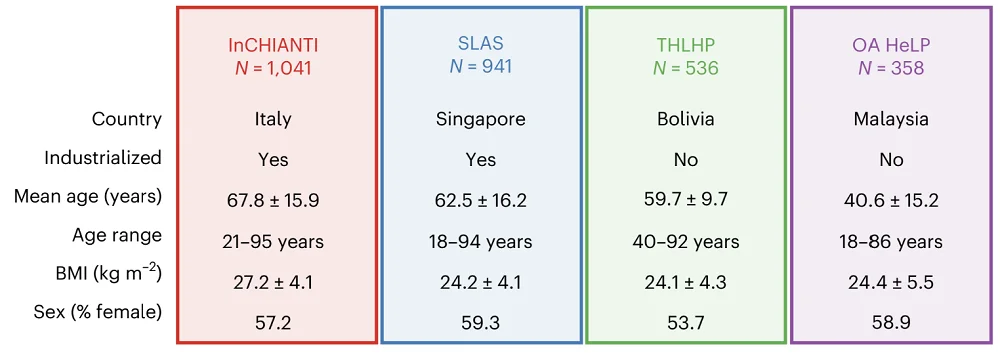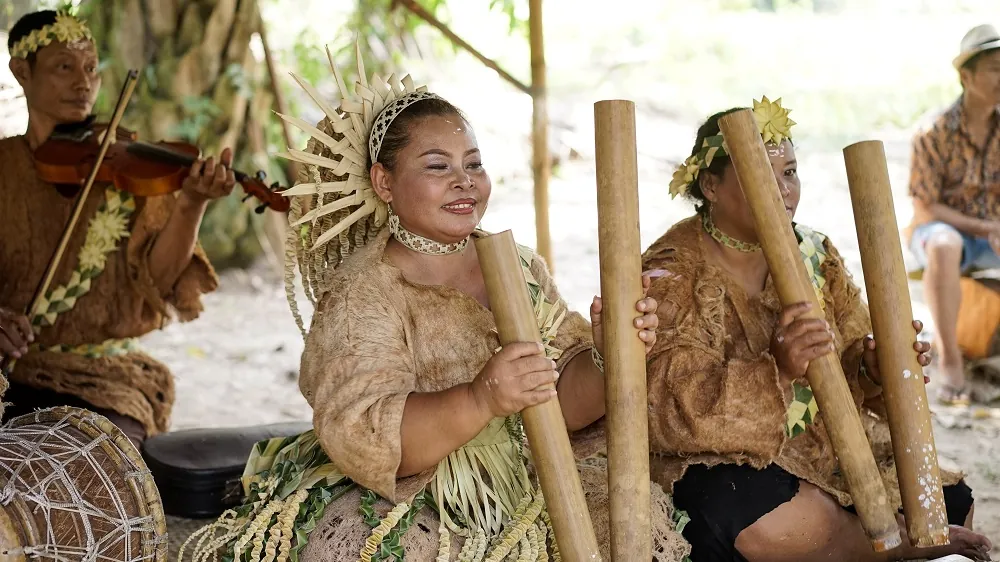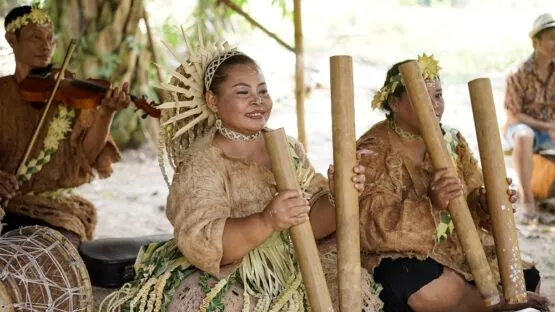By comparing data from industrialized and non-industrialized societies, a new study calls into question some assumptions about the relationship between inflammation and aging [1].
Harmful protection
Inflammation accompanies us throughout our entire lives. Without it, we would not be able to fight off pathogens. Yet, inflammation also harms tissues and organs and, as such, is thought to be a major cause of aging [2]. In fact, this connection led to the appearance of the term “inflammaging”: the chronic low-grade inflammation that increases with age.

Read More
However, the relationship between inflammation and aging might not be as straightforward and universal as previously thought, according to a new study from Columbia University Mailman School of Public Health that was published in Nature Aging.
The researchers analyzed four populational datasets with extensive data on inflammatory molecules from four studies. The Italian InCHIANTI and the Singapore Longitudinal Aging Study (SLAS) originated from industrialized societies. The other two resulted from studying indigenous, non-industrialized populations: the Tsimane of the Bolivian Amazon and the Orang Asli of Peninsular Malaysia. The Tsismane are largely hunter-gatherers, while the Orang Asli live in a rural society with little development.
Diverse inflammation signatures
The team found that the first principal component, which explains the bulk of the variation in the data and can be used as a signature of inflammation, was largely similar between InCHIANTI and SLAS. The other two studies, however, had unique signatures that, importantly, did not show strong correlations with age.
In the Tsimane, acute inflammation, mostly from parasitic and helminth infections, was the major component of the inflammation score. This inflammatory signature did not correlate with chronic diseases and actually decreased rather than increased with age.
The Orang Asli presented an interesting intermediate case. This group’s inflammation score was linked to a high white blood cell count (leukocytosis), which is a general sign of infection or inflammation, but not to parasitic infections, a key feature of the hunter-gatherer group’s inflammation.
On the other hand, the Orang Asli did show a correlation, albeit a weaker one, between inflammation and aging, which puts them closer to the two industrialized groups. Their inflammatory drivers appear to be a mix of general infection and metabolic stress, distinct from both the chronic disease-driven pattern in industrial societies and the parasite-driven pattern in hunter-gatherers.
“In industrialized settings, we see clear links between inflammaging and diseases like chronic kidney disease,” said lead author Alan Cohen, PhD, associate professor of Environmental Health Sciences at Columbia Mailman School and faculty member of the Butler Columbia Aging Center. “But in populations with high infection rates, inflammation appears more reflective of infectious disease burden than of aging itself.”
The study’s findings suggest that inflammation can come in diverse shapes and show different relationships with aging, depending on the set of environmental exposures in a particular population. “If you move any species to a new environment that it has not evolved with or adapted to, it will develop inflammation as a natural response,” said Dr. David Furman, a prominent expert on inflammation, who was not involved in this study, in his recent interview with Lifespan. “If your body hasn’t seen something during its two-million-year evolution, you probably shouldn’t be exposed to it, because it will cause inflammation.”
This echoes Cohen’s words: “These results point to an evolutionary mismatch between our immune systems and the environments we now live in. Inflammaging may not be a direct product of aging, but rather a response to industrialized conditions.”
“These findings really call into question the idea that inflammation is bad per se,” Cohen added. “Rather, it appears that inflammation—and perhaps other aging mechanisms too—may be highly context dependent. On the one hand, that’s challenging because there won’t be universal answers to scientific questions. On the other hand, it’s promising, because it means we can intervene and change things.”
A crucial limitation
Demographic differences in the four datasets posed an important limitation on the study. InCHIANTI and SLAS were largely similar to each other, encompassing a wide age range with a mean age of 67.8 and 62.5, respectively. The Bolivian dataset (THLHP), on the other hand, only contained people aged 40 and older, hinting at a “survivor effect.” Essentially, in an environment with high infectious disease burden and limited medical care, people who survive into their 70s, 80s, and 90s are likely to be the most immunologically robust, similarly to centenarians in an industrialized society [3]. Inflammation decreasing with age in this group might not be telling us about a universal aging process but rather reflecting the fact that the surviving older population is enriched with exceptionally immunocompetent individuals.

For the Orang Asli, the mean age of the dataset was 40.6: almost 20 or more years younger than in the other three. Consequently, the chronic, low-grade inflammation that defines “inflammaging” in older industrialized populations may simply not have had enough time to become the dominant signal in this younger group. Instead, inflammation driven by acute infections or other environmental challenges could still be a major factor, creating “noise” that makes Orang Asli’s overall inflammatory signature look different from that of the older groups.
Literature
[1] Franck, M., Tanner, K., Tennyson, R., Daunizeau, C., Ferrucci, L., Bandinelli, S., Trumble, B., Kaplan, H., Aronoff, J., Stieglitz, J., Kraft, T., Lea, A., Venkataraman, V., Wallace, I., Lim, Y., Ng, K., Yeong, J., Ho, R., Lim, X., Mehrjerd, A., Charalambous, E., Aiello, A., Pawelec, G., Franceschi, C., Hertel, J., Fülöp, T., Lemoine, M., Gurven, M., & Cohen, A. (2025). Nonuniversality of inflammaging across human populations. Nature Aging, OnlineFirst, 1-10.
[2] Li, X., Li, C., Zhang, W., Wang, Y., Qian, P., & Huang, H. (2023). Inflammation and aging: signaling pathways and intervention therapies. Signal transduction and targeted therapy, 8(1), 239.
[3] Zhou, L., Ge, M., Zhang, Y., Wu, X., Leng, M., Gan, C., … & Dong, B. (2022). Centenarians alleviate inflammaging by changing the ratio and secretory phenotypes of T helper 17 and regulatory T cells. Frontiers in Pharmacology, 13, 877709.



